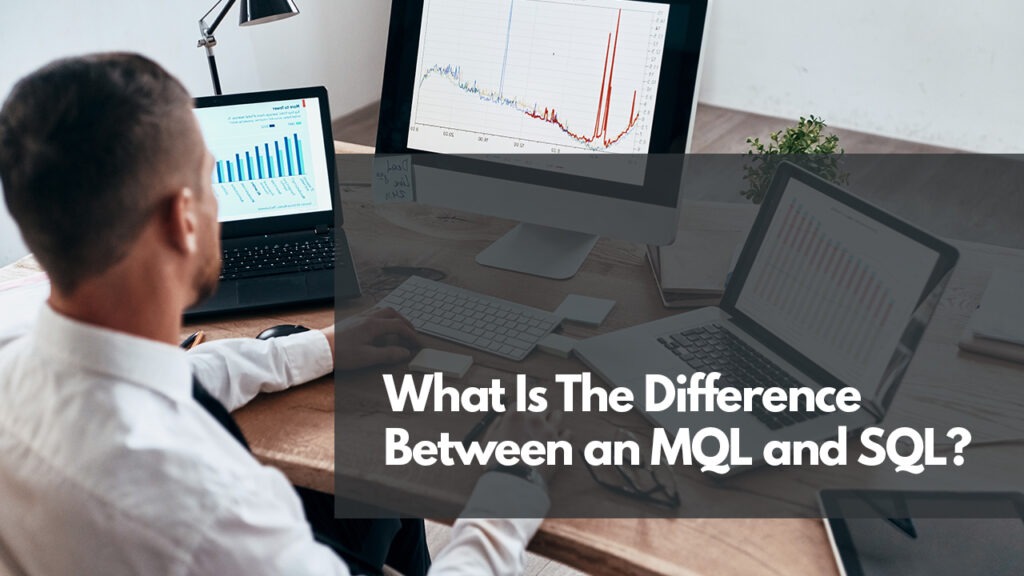With the pervasiveness of marketing and digital media, the sales journey doesn’t start or end anywhere in particular. When someone hears of your brand, it could be from an ad, an influence, an obscure Google search, a friend of a friend, or even a conversation overheard at the bar.
While your Ideal Customer Profile or other digital marketing strategies will attempt to elucidate or expand on areas where you can focus your marketing efforts, the truth is that people enter the sales pipeline from all different kinds of places. Today’s blog will look at two of these avenues—from interaction with your content marketing or procurement from your lead generation strategies.
The importance of understanding MQLs and SQLs is less in visualizing their differences and more in understanding how they interact within the greater sales journey. Where they intersect and branch off is where you can consider nurturing or otherwise moving them along your sales pipeline.
We’ll begin by examining these acronyms, then touch on how they interact and what can be learned by separating them into unique entities.
MQL And SQL In Simple Terms
The Difference Between An MQL And SQL:
An MQL is a Marketing Quality Lead. These individuals have expressed interest in your brand, typically through engagement with web content such as free downloads and webforms.
A SQL is a Sales Qualified Lead. This is an individual that your sales team has designated as a potential customer and thus exists more explicitly in your sales ecosystem.
Already, you may see a problem forming—what is saying that marketing and sales are different categories? After all, wouldn’t you want your teams to inform and grow from each other?
A pivotal distinction to take away is that while an MQL has expressed interest, they may not be ready to move forwards in the sales journey. Conversely, an SQL has had some sort of qualifying contact with an SDR or other sales team member, and as such, is more likely to become a customer. This is brought on by the sales team having discovered a pain point or urgency that makes your product or service a potentially valuable solution.
Why This Distinction Is Important—Yet Also Not
As mentioned above, there is no apparent reason to delineate between these two types of customers. The fundamental importance is in analyzing both and guiding them gently along in the sales process through nurturing or outreach, not to move them directly into a buying decision.
If an MQL is interested in your product, it doesn’t mean they are in a position of sufficient power or urgency to buy. They may simply be shopping around for exciting solutions. Likewise, just because an SQL has been located by your sales team, it doesn’t mean they no longer need to be marketed to.
A dynamic emerges here: the SQL can still be nurtured by the marketing strategies that attracted an MQL, whereas the MQL can be prospected by the sales team much as any other lead in their SQL outreach strategy.
As you can see, they’re not different—they’re quite similar. Like any strategy, the deeper you can understand your targets and optimize for reaching them.
Lead generation can be challenging—what shouldn’t be is empathizing with your customers and working to understand them and your brand better every day.
Megan Killion Consulting helps you to examine your brand from every piece of the pipeline—from sales materials to the very fabric of your visual brand identity.
We’re here to help you scale and sell more effectively through high-quality marketing projects, consultation, and media management. So whether it’s attracting new customers or optimizing old leads, you can count on us to get you started on the right foot. Book a meeting today to get started.

